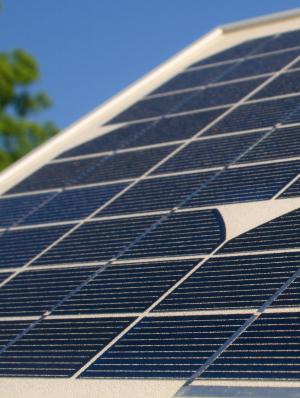Distributed solar might be a game changer, but at what cost?
Michael T. Burr is Fortnightly’s editor-in-chief. Email him at burr@pur.com.
My friend Reggie recently asked me for advice about installing photovoltaic (PV) panels on the roof of his boathouse on the river. It has no electricity now, but he wants just enough PV to power a few lights, an automatic garage door opener, and the occasional power tool. I told Reggie the same thing I tell everybody who asks me about rooftop solar: it's exciting but still expensive. Then Reggie explained why I was wrong

I told Reggie the same thing I tell everybody who asks me about rooftop solar—namely, PV has very exciting potential for the future, but it isn’t the most economical way to spend his energy dollar today. And that’s especially true for an off-grid system that gets little use. If he wants solar panels to support his green ideals, that’s fine. But he shouldn’t expect them to pay for themselves.
As it happens, Reggie is a green-minded person—with disposable cash—so my speech about economics didn’t deter him. And he explained that he’d already researched prices, and learned that our local Home Depot was offering to finance, install, and warrant rooftop solar systems manufactured by BP Solar at surprisingly low prices. What’s more, if he takes advantage of various incentive programs—including low-interest green loans, the state’s net-metering law, and a solar rebate offered by the local utility (Minnesota Power)—he can install a grid-tied rooftop solar system that should pay for itself in about 10 years. After that he should be in the black.

